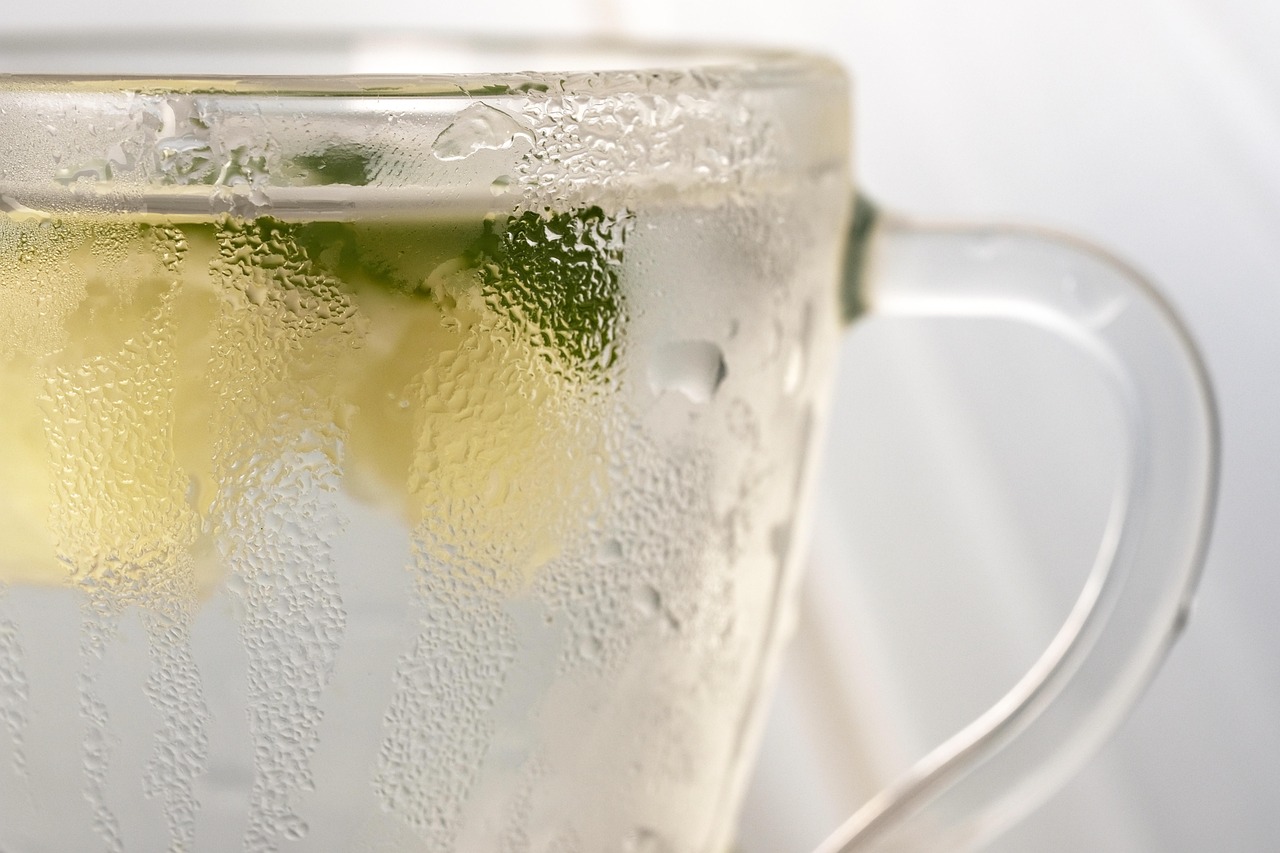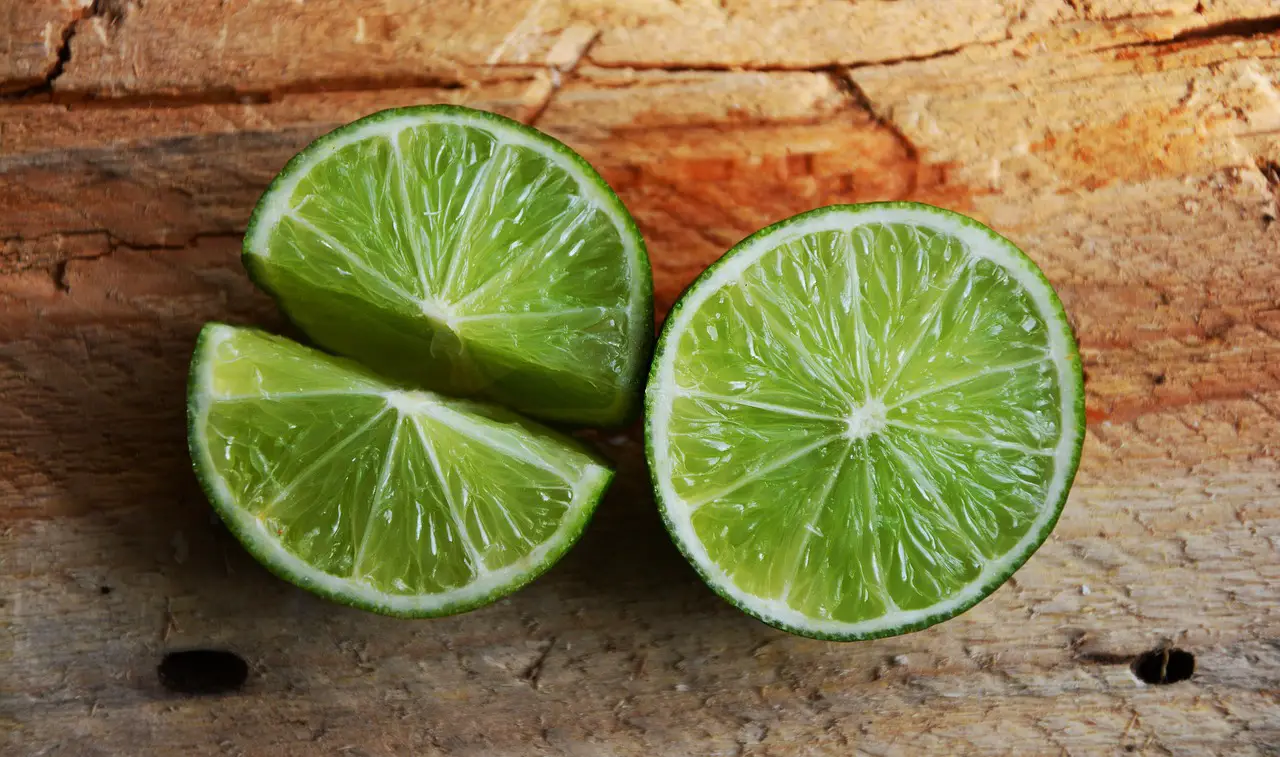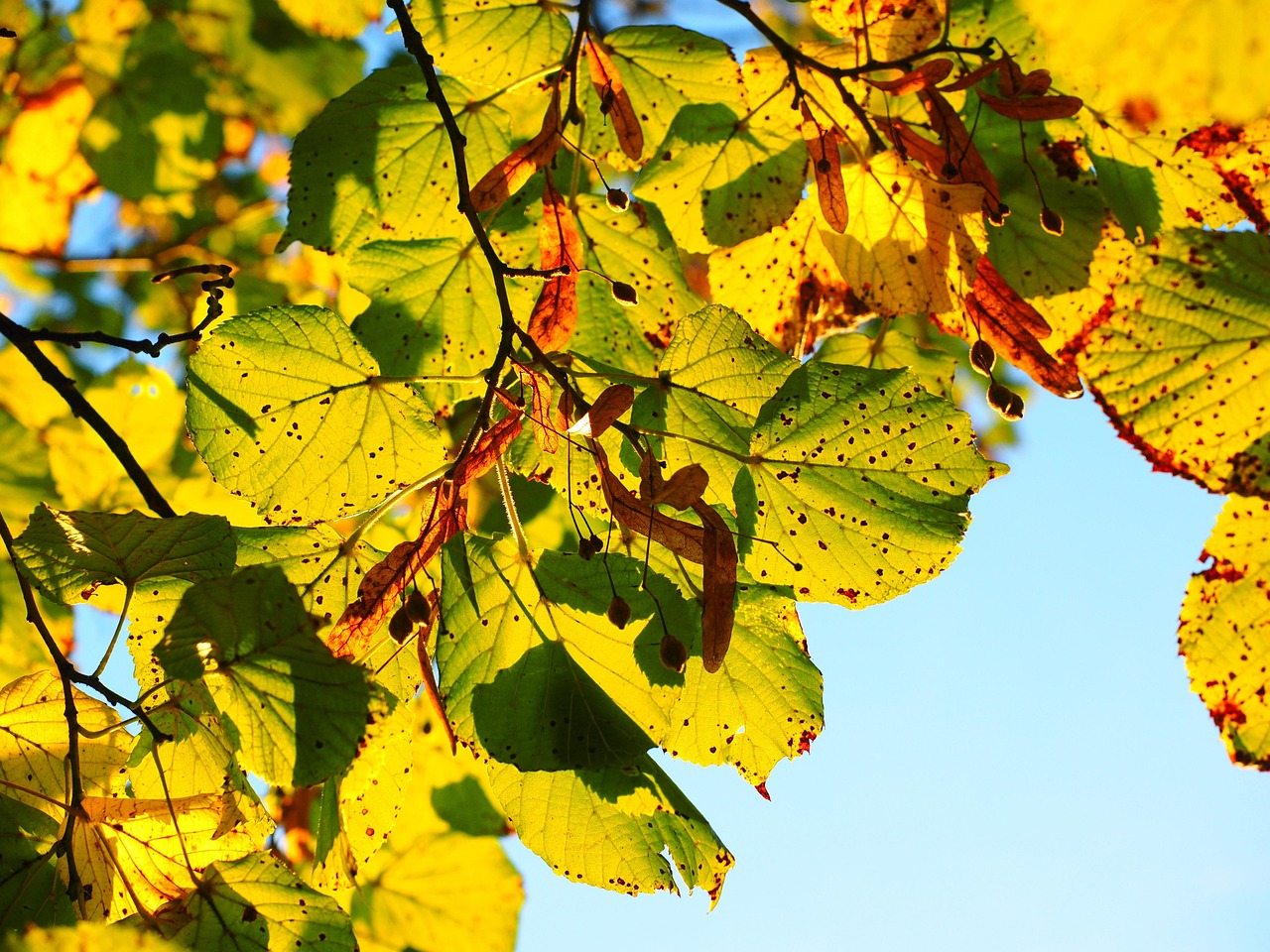Pruning lime trees for balconies and rooftop gardens is essential for promoting healthy growth and maximizing fruit production. Regular pruning helps maintain the tree’s shape, removes dead or diseased wood, and encourages better air circulation and sunlight penetration.
Lime trees are a popular choice for urban gardeners, as they can thrive in containers and limited spaces. Whether you are growing key limes or Persian limes, proper care is crucial for achieving fruitful results. Pruning not only enhances the appearance of the tree but also supports its overall health. With the right techniques, you can enjoy vibrant green leaves and an abundance of fragrant limes.

Before diving into the pruning process, it’s important to understand the specific growth habits of lime trees. These trees tend to grow rapidly and can become bushy if not regularly maintained. They typically have a central leader with multiple lateral branches. Pruning helps control this growth and encourages a more manageable size for your balcony or rooftop setup.
Understanding the Importance of Pruning
Pruning lime trees is about more than just aesthetics. There are several key benefits to regular pruning:
- Healthier Growth: Removing dead or diseased branches prevents the spread of pests and diseases.
- Improved Air Circulation: Thinning out the branches allows for better airflow, reducing the risk of fungal infections.
- Enhanced Sunlight Exposure: Pruning creates openings in the canopy, ensuring all parts of the tree receive adequate sunlight.
- Increased Fruit Production: Properly pruned trees often yield more fruit, as energy is directed toward producing limes rather than excessive foliage.
Understanding these benefits will motivate you to incorporate regular pruning into your lime tree care routine. However, timing and technique are critical to successful pruning.

Best Time to Prune Lime Trees
The ideal time to prune lime trees is during their dormancy period, typically in late winter or early spring before new growth begins. Pruning during this time minimizes stress on the tree and allows it to heal before the growing season starts. Additionally, it is easier to see the tree’s structure when it is not covered in leaves.
Here are some important considerations regarding timing:
| Season | Recommended Actions |
|---|---|
| Winter | Inspect for dead or damaged branches; plan pruning strategy. |
| Spring | Perform major pruning; shape the tree as necessary. |
| Summer | Pinch back new growth to encourage bushiness and fruiting. |
| Fall | Avoid heavy pruning; focus on maintenance only. |
Tools Needed for Pruning
Having the right tools is essential for effective pruning. Here are some basic tools you should consider:

- Pruning Shears: Ideal for cutting small branches and shaping your tree.
- Loppers: Useful for thicker branches that are too large for shears.
- Saw: A small pruning saw can help with larger cuts.
- Gloves: Protect your hands from thorns and sharp tools.
- Fertilizer: After pruning, feeding your tree will support recovery and new growth.
Using sharp, clean tools will ensure smooth cuts, which help prevent injury to the tree. Always sanitize your tools before use to avoid introducing any pathogens that could harm your lime tree.
Basic Pruning Techniques
When it comes to actual pruning techniques, there are a few key strategies to keep in mind. Start by assessing the overall shape of your lime tree. Aim for an open center that promotes airflow while maintaining a balanced look. Here are some techniques to consider:
- Crown Thinning: Remove select branches throughout the crown to improve light penetration and air circulation.
- Crown Reduction: Shorten branches to reduce height without sacrificing overall health.
- Deadwooding: Remove any dead or diseased wood as soon as you notice it.
Each pruning cut should be made at a slight angle just above a bud or lateral branch. This encourages new growth in a desirable direction while minimizing damage to the tree.

By following these guidelines, you can effectively prune your lime trees, ensuring they remain healthy and productive in your balcony or rooftop garden. Understanding how to care for your plants will lead to a thriving green space filled with delicious limes.
Post-Pruning Care for Lime Trees
After pruning your lime tree, it is essential to provide proper care to help it recover and thrive. This care will support new growth and enhance overall health. Here are some important aspects to consider following the pruning process:
Watering
Proper watering is crucial after pruning. The tree may experience stress due to the loss of branches, making it essential to keep the soil consistently moist but not soggy. Here are some watering tips:
- Check Soil Moisture: Use your finger to test the soil about one inch below the surface. If it feels dry, it’s time to water.
- Avoid Overwatering: Ensure that the pot has good drainage. Overwatering can lead to root rot.
- Water Deeply: When you water, do so deeply to encourage roots to grow downward, which promotes stability.
Fertilization
Fertilizing your lime tree after pruning can provide essential nutrients that support recovery and growth. Here are some guidelines for fertilization:
- Choose the Right Fertilizer: Use a balanced fertilizer specifically formulated for citrus trees. Look for one with a higher nitrogen content, as this encourages vegetative growth.
- Follow Instructions: Apply the fertilizer according to the manufacturer’s instructions to avoid over-fertilizing, which can harm the tree.
- Timing: Fertilize about four to six weeks after pruning to give the tree time to recover before encouraging new growth.
Pest and Disease Management
After pruning, lime trees can be vulnerable to pests and diseases. Regular monitoring is essential to catch any issues early. Here are some common pests and diseases to watch for:
- Aphids: Small insects that can weaken your tree by sucking sap. Use insecticidal soap if an infestation occurs.
- Scale: These pests appear as small bumps on stems and leaves. They can be removed by hand or treated with horticultural oil.
- Citrus Canker: A bacterial disease causing lesions on leaves and fruit. If detected, remove affected areas immediately and sanitize your tools.
Common Mistakes to Avoid When Pruning Lime Trees
While pruning lime trees can be beneficial, there are several common mistakes that new gardeners often make. Avoiding these pitfalls can lead to healthier trees and better fruit production:
- Pruning Too Much: It is essential not to remove more than 20% of the tree in a single pruning session. Over-pruning can lead to stress and poor growth.
- Improper Timing: Pruning at the wrong time can harm your tree. Avoid pruning during the fall or when the tree is actively growing.
- Ignoring Tree Structure: Always maintain the natural shape of the tree when pruning. Removing too many lateral branches can lead to a weak structure.
Signs That Your Lime Tree Needs Pruning
Recognizing when your lime tree requires pruning is essential for maintaining its health. Watch for these signs:
- Overgrown Appearance: If the tree looks bushy or unkempt, it may need thinning.
- Dead or Diseased Branches: Any branches that are dead or show signs of disease should be removed promptly.
- Poor Fruit Production: If your tree is producing fewer limes than usual, it may need pruning to redirect energy toward fruiting rather than foliage.
Pruning Lime Trees for Shape and Size Control
If you’re growing lime trees in limited spaces like balconies or rooftop gardens, controlling their shape and size is crucial. Here are some methods for achieving this:
Shaping Techniques
To maintain a desirable shape, consider these shaping techniques:
- Topping: Cutting off the top of the tree can help control height but should be done cautiously to avoid excessive stress.
- Sculpting: Regularly trim back certain branches while allowing others to grow to create an aesthetically pleasing form.
- Espalier Training: Train your lime tree against a wall or trellis for a flat appearance, which is perfect for small spaces.
Container Considerations
If you are growing your lime tree in a container, keep these factors in mind:
- Pot Size: Choose a pot that provides adequate space for root growth while still allowing you to manage size through pruning.
- Root Pruning: Occasionally prune roots during repotting to help control size and promote new growth.
- Disease Management: Containers can retain moisture. Ensure proper drainage and monitor for root diseases frequently.
Caring for your lime trees after pruning is as important as the pruning process itself. By providing thoughtful attention and addressing their needs, you can enjoy a flourishing lime tree that enhances your balcony or rooftop garden.
Advanced Pruning Techniques for Lime Trees
As you become more confident in pruning your lime trees, you may want to explore advanced techniques that can maximize growth and fruit production. These methods require a deeper understanding of the tree’s growth patterns and can lead to impressive results in your balcony or rooftop garden.
Selective Pruning
Selective pruning involves carefully choosing which branches to prune based on their health, position, and contribution to the tree’s overall balance. This technique allows you to maintain the tree’s natural shape while enhancing its productivity. Here are some tips for effective selective pruning:
- Assess Branch Health: Remove any branches that show signs of disease, damage, or poor growth.
- Consider Branch Position: Prune branches that cross over each other or those that grow inward towards the center of the tree.
- Focus on Fruit-Bearing Branches: Identify branches that have previously produced fruit and ensure they remain healthy and well-positioned.
Training Techniques
Training your lime tree can significantly impact its growth habits and fruit yield. Here are some popular training techniques:
- Crown Lifting: Remove lower branches to raise the crown of the tree. This technique can help create space beneath the tree and make harvesting easier.
- Pinching: Pinch back new growth tips to encourage bushiness and promote more lateral branches, which can lead to increased fruit production.
- Bending Branches: Gently bend certain branches downwards when the tree is young. This encourages horizontal growth, which can lead to more fruiting sites.
Seasonal Pruning Strategies
Understanding the seasonal growth cycles of lime trees can help you adopt specific pruning strategies throughout the year. Each season presents unique opportunities for maintenance and shaping.
Spring Pruning
Spring is a critical time for pruning lime trees. As the growing season begins, you should focus on:
- Shaping the Tree: Trim back excessive growth from winter to promote a balanced structure.
- Removing Weak Growth: Eliminate any weak or spindly branches that may not support fruit production.
- Encouraging New Buds: Cut just above healthy buds to encourage new growth in desired directions.
Summer Maintenance
During summer, lime trees are actively growing. While heavy pruning is typically avoided, you can perform maintenance tasks such as:
- Light Trimming: Remove any suckers or unwanted shoots to keep the tree focused on productive growth.
- Fertilization: If you haven’t already, apply a balanced fertilizer to support ongoing growth during this active season.
- Pest Inspection: Regularly check for pests and diseases, addressing any issues promptly.
Fall Preparations
As temperatures begin to drop, fall is an excellent time for light pruning and preparation for winter:
- Thinning Out Foliage: Lightly prune to prevent wind damage and improve air circulation as leaves begin to fall.
- Preparing for Dormancy: Avoid heavy pruning, as this can stress the tree going into dormancy. Instead, focus on removing dead or diseased wood.
- Mulching: Apply mulch around the base of the tree to retain moisture and protect roots from cold temperatures.
The Role of Temperature and Climate in Pruning
The climate in which your lime tree grows greatly affects its health and pruning needs. Understanding how temperature influences tree growth can guide your pruning practices:
- Tropical Climates: Lime trees thrive in warm temperatures. In these regions, year-round light pruning may be beneficial since trees often grow continuously.
- Temperate Climates: In areas with colder winters, timing your pruning is crucial. Focus on late winter or early spring before new growth begins.
- Drought Conditions: If experiencing drought conditions, avoid heavy pruning. Stressing the tree further can lead to poor health.
Common Questions About Pruning Lime Trees
If you’re new to pruning lime trees, you may have several questions. Here are some frequently asked questions along with their answers:
| Question | Answer |
|---|---|
| How often should I prune my lime tree? | You should prune annually, ideally in late winter or early spring, with light maintenance during the growing season. |
| Can I prune my lime tree while it’s fruiting? | Avoid heavy pruning during fruiting season. You can perform light trimming as needed but focus mainly on maintaining tree health. |
| What tools do I need for effective pruning? | A good set of pruning shears, loppers, and a small saw will suffice for most pruning tasks. |
| Should I seal my pruning cuts? | No, it’s generally unnecessary to seal cuts on healthy trees. Allowing cuts to heal naturally is best. |
By incorporating these advanced techniques and understanding seasonal care, you can ensure your lime trees remain healthy and productive in your balcony or rooftop garden. With attention to detail and proper care, your efforts will lead to an abundance of delicious limes.
Maintaining Your Lime Tree Year-Round
To ensure the longevity and productivity of your lime tree, it is essential to adopt a year-round care regimen. This includes not only pruning but also regular maintenance tasks that support the tree’s health. Here are some key practices to incorporate into your routine:
Regular Monitoring
Consistent observation can help you identify potential issues before they escalate. Look out for:
- Leaf Color Changes: Yellowing leaves can indicate nutrient deficiencies or watering issues.
- Wilting or Drooping: This may suggest either overwatering or underwatering.
- Pest Activity: Check both the upper and lower surfaces of leaves for pests like aphids or spider mites.
Seasonal Adjustments
Your lime tree’s requirements will change with the seasons. Adjust your care practices accordingly:
- Winter Care: In colder months, protect your tree from frost by moving it to a sheltered location or covering it at night.
- Summer Heat: Ensure adequate watering during hot months. Containers can dry out quickly in the sun.
- Fall Preparation: Begin reducing watering as the tree enters dormancy and prepare for winter pruning.
Soil and Fertility Management
The soil quality directly affects your lime tree’s health. Regularly check and amend your soil as needed:
- Soil Type: Lime trees prefer well-drained, loamy soil. Consider using a potting mix designed for citrus if growing in containers.
- Fertilization Schedule: Fertilize your tree every six to eight weeks during the growing season with a balanced fertilizer to promote healthy growth.
- Soil Testing: Conduct soil tests periodically to check pH levels and nutrient content. Lime trees thrive in slightly acidic to neutral soil (pH 6-7).
Common Pests and Diseases
Being proactive about pest and disease management is crucial for the success of your lime tree. Familiarize yourself with common issues:
- Whiteflies: Small, white insects that can cause significant damage by sucking sap. Use insecticidal soap or neem oil for control.
- Citrus Leaf Miner: Larvae that create tunnels in leaves. Remove affected leaves and apply appropriate insecticides as needed.
- Root Rot: Caused by overwatering or poor drainage. Ensure pots have drainage holes and avoid waterlogged soil.
Regularly inspecting your lime tree will help you stay on top of any potential problems and take corrective measures promptly.
Final Thoughts
Pruning lime trees for balconies and rooftop gardens can be a rewarding endeavor that enhances both the aesthetics of your space and your ability to grow fresh fruit. By understanding the importance of pruning, timing, and proper care, you set the foundation for a healthy tree that thrives despite urban conditions.
The key takeaways include the value of regular monitoring, selecting appropriate pruning techniques, and maintaining proper care throughout the seasons. Implementing these practices will lead to fruitful trees that not only beautify your environment but also provide delicious limes for culinary uses.
With dedication and knowledge, you can successfully cultivate lime trees in limited spaces, transforming your balcony or rooftop garden into a vibrant oasis filled with life and flavor. Enjoy the journey of nurturing your lime trees, and savor the rewards they bring to your home.
